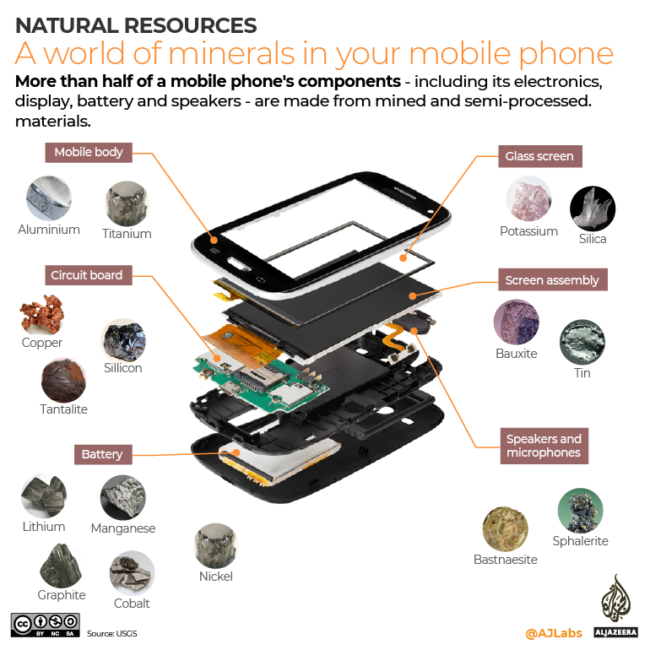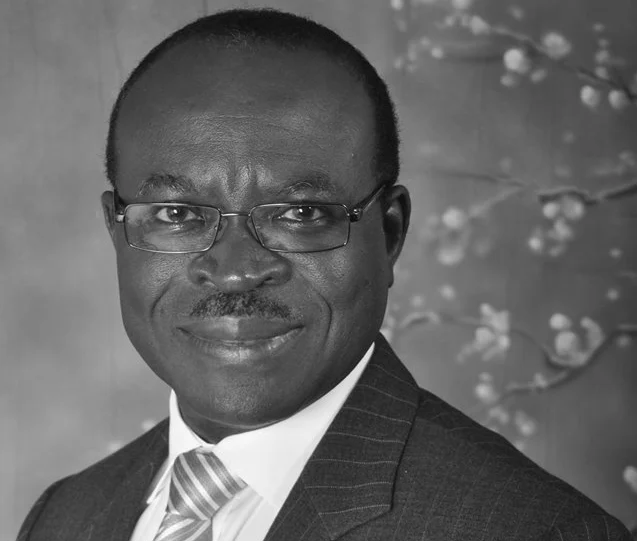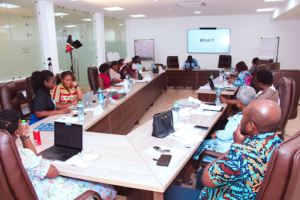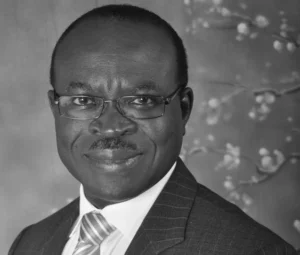During my first time in South Korea a few years ago, it immediately struck me that they use what they make. The hotel bus I got on from the Incheon airport in Seoul to my destination was a Hyundai (a South Korean product). The burly driver had strung beside him a Samsung phone (also South Korean made) for his operations. Samsung (founded in 1938), Hyundai (1947), SK (1953), and LG (1958) are just four big examples of the point I’m making.
Not just in Ghana but across several African countries I’ve experienced myself, so many people proudly drive Hyundais (even if they are second-hard imports) and brag about their latest Samsung releases year on year. There’s no shame that they are only consumers of what others sweat to produce. It doesn’t even cross their minds that real human beings make these things for themselves—and for export to fuel their bragging rights and feed their sensual pleasures.
Later this week (DV), I will have the joy of travelling to South Korea with two of my Ghanaian interns. They both will come along probably armed with Samsung phones they are very proud of. For both the male graduate intern in Kumasi and the young female undergrad intern based in Accra, my hope is that they will be first angered and then inspired by a country whose economic indicators were just about the same as their motherland’s sixty years ago but has since created a deep development gulf between the two.
At Saturday morning big breakfast in my own home in Accra, I asked my children how many things on our dining table were made in Ghana? It turned out that apart from the locally-manufactured table and eggs, everything else was made somewhere else in the world including the sausage! Ah!
South Korea’s top four conglomerates – Samsung, Hyundai Motor, LG and SK – represent nearly half of entire sales in the country. Hyundai Motor has some 170,000 employees on its payroll while LG has some 160,000. SK isn’t too far behind with about 110,000. Korean youth have jobs and use cars and phones from the jobs that hire them to make them. Ghanaian youth largely have phones they don’t make from money they don’t make because of jobs they don’t have.
Did you know Africa has more cell phones than people? Now find out how many of those people make cell phones! And by the way, Africa is replete with the stuff cell phones and home appliances are made of. Most of the electronics we use today are based on a number of minerals – from aluminium to zinc. More than half of a mobile phone’s components – including its electronics, display, battery and speakers (see photo above) – are made from mined and semi-processed materials. For example, Lithium and cobalt are some of the key metals used to produce batteries. In 2019, about 63 percent of the world’s cobalt production came from the Democratic Republic of the Congo. Tantalum is another metal used in electronic equipment. Tantalum capacitors are found in mobile phones, laptops and in a variety of automotive electronics. The DRC and Rwanda are the world’s largest producers of tantalum. Together they produce half of the world’s tantalum.
It’s time to wake up and smell the coffee! In Korea, Samsung is made and used by those who make it. In Ghana, Samsung is shown off and used by those who don’t make them. There is something more noble than showing off what you don’t make. This trip may be the best part of this internship for the fortunate two.
Our visit to Korea is not an industrialisation tour; it is to attend the Fourth Lausanne Congress on World Evangelization. With the worldview of living an integrated life, however, I hope these emerging leaders see a direct correlation between industry and generosity, the product of hard-smart work and the power to do good and share the good news. I pray Michael and Namawu will return to Ghana from Korea and instead of brandishing phones, coveting cars and showing of home appliances others make, rather ask themselves, “Where is what we proudly make that we can proudly use.” It’s time to use what we make and make what we use. And export some.
Photo credit: Pulse by Maeil Business News Korea











